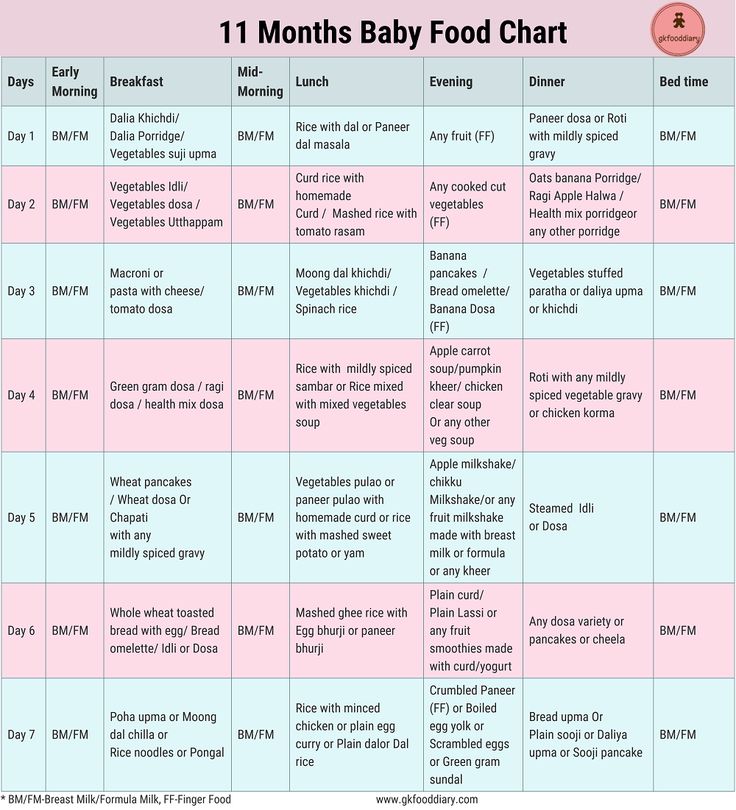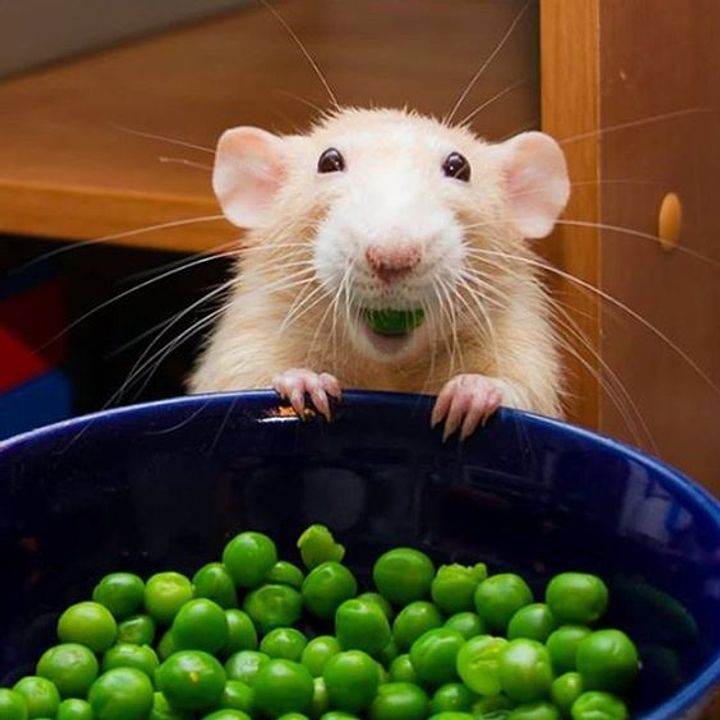Taro baby food
Can babies eat taro and poi?
We’re occasionally asked about taro and poi – and whether or not they are safe for babies to eat. So we thought we’d make this interesting vegetable the subject of today’s post!
What is taro?
You may not be familiar with taro, which is hugely popular in some parts of the world and virtually unknown in others!
Taro is a root vegetable. It originated in southeast Asia but is now widely available. It is rather strange in appearance – the larger roots can be very fat and either egg-shaped or round. Sometimes, the roots are more oblong in shape. The skin is thick, very rough – and often hairy!
Taro flesh can be white, or slightly grey/purple in colour, with little purple or brown flecks.
Smaller tubers, which come from further along the root, are sometimes known as eddoes.
The benefits
Taro is similar to the potato, but much more nutritious and an excellent source of energy! Taro contains
- potassium
- carbohydrates
- vitamins C and E
- magnesium
- folate
- B vitamins
- protein
Taro is a very gentle food – it is EXTREMELY digestible and hypoallergenic.
Isn’t taro poisonous?
You may have heard that you need to be careful when cooking taro… but may not be sure why.
Taro roots and leaves contain an irritant called calcium oxalate, which can cause an uncomfortable itching in the throat. But thorough cooking breaks down the calcium oxalate, making the taro safe to eat.
You should always wash your hands after preparing raw taro, though – otherwise you risk irritation to your skin or eyes.
Sources:
justhungry.com
vegetables.co.nz
Fermented taro
Fermented taro is known as “poi”. It is particularly important in Hawaii, where it has huge cultural significance. Poi is made by mashing cooked taro with a little water, then setting it aside to ferment, sometimes for several days.
Freshly prepared poi is sweet, but after a few days of fermentation it takes on a “tangy”, sour taste – like yogurt.
During the fermentation process, lactic acid is produced, which digests the starch in the taro. The resulting poi is rich in digestive enzymes and is believed to be an extremely healthy food.
The resulting poi is rich in digestive enzymes and is believed to be an extremely healthy food.
In some parts of the world, babies with an allergy to dairy are given poi as a milk substitute because it is so nutritious.
Cooking taro
Because taro is high in starch, it is better cooked using moist heat (i.e. boiling or steaming) than by baking, which can leave it a little dry.
Smaller roots can be scrubbed, then boiled whole in water and peeled afterwards. You should peel larger roots and cut them into chunks, as you would with potatoes.
And you boil or steam taro chunks as you would potatoes, too, until the chunks are “fork tender”. You can then puree the chunks in a food processor with a little water if you desire.
Although some people make their own poi by allowing the resulting mixture to “sit” in a cool place to ferment, some experts say that it’s safer to ferment taro in a home incubator. For this reason, you may prefer to obtain commercially prepared poi, which – if not available locally – is available online in various forms.
Taro itself takes on the flavour of sauces it is cooked in or added to. This makes it a great thickener for soups or stews for your baby – you can either dice it and cook it along with the other ingredients, or cook it separately, mash it and stir it in afterwards.
Taro is very versatile – so try substituting it in dishes where you would otherwise use white potato.
But please remember – you should always speak to a pediatrician before introducing any new foods to your baby.
External links for more information about poi
Where Can I Buy Poi?
Do you have any experience of cooking either taro or poi? Are you a believer in the health giving properties of poi? Then we’d love to hear from you!
Please contact us and share your experiences, ideas and recipes.
From Michael in Tennessee:
Thank you for the Taro for babies article.
I grow taro in NE Tennessee.
When my granddaughter was tiny she couldn’t tolerate anything except Isomil®, and then she still had terrible colic.I fed her boiled taro root and some of my poi. She loved it, kept it down, and had no negative reaction.
>
Can My Baby Eat Taro?
Taro and poi are often regarded as harmful for kids. But it is mostly a myth. Taro needs to be carefully cooked. It is certainly not poisonous or harmful. Rather it contains certain levels of calcium oxalate. This causes discomfort and irritation in the throat. For a child this can cause greater trouble. However, this happens not due to the presence of any harmful substance. Taro contains calcium oxalate. Calcium oxalate triggers the irritation in the throat. Here are some Health Benefits of Taro.
What is Taro?Taro is nothing but a root vegetable. It is very popular in some corners of the world. Originating from South East Asia it is widely available in the Asian markets. Appearance wise it is very strange. Larger taro roots can be fat and egg-shaped. Sometimes the roots are oblong in shape..jpg) The skin of taro tends to be thick, rough and hairy.
The skin of taro tends to be thick, rough and hairy.
The inner flesh of the taro is white, grey or purple in color. Purple or brown flecks are also found. Smaller tubes along the roots are called eddoes.
What is Poi?Fermented taro is known as poi. It is mostly found in Hawaii. Poi is prepared from mashed and cooked taro. The mashed and cooked taro is allowed to be fermented for several days. Freshly prepared taro is normally sweet. But fermented taro tastes a bit tangy. It tastes a bit like yogurt. Your child might enjoy the taste.
Due to fermentation poi is rich in digestive enzymes. These enzymes help to keep a clean gut for your child. Children who are allergic to dairy products can be offered poi.
Surprisingly taro offers a number of health benefits for your child. It is much nutritious than potato. Taro is also an excellent energy source. The different health benefits are described below:
Strengthens BonesTaro is an excellent source of potassium. Potassium helps your child to grow stronger bones. Feeding taro to your child at an early age can help their bones grow stronger. Taro also contains a high amount of magnesium. This also helps your little ones bones to become stronger.
Potassium helps your child to grow stronger bones. Feeding taro to your child at an early age can help their bones grow stronger. Taro also contains a high amount of magnesium. This also helps your little ones bones to become stronger.
Taro is rich in carbohydrates. Carbohydrates are essential for your child’s growth. It boosts your little one with adequate energy.
Healthy SkinTaro contains high amount of both vitamin E and C. This helps your little one to have healthy skin. It also boosts proper hair and nail growth in children.
Boosts the Growth of Red Blood CellsTaro is also rich in folate or folic acid. This helps the growth of red blood cells in your child. This boosts their energy. It also provides them adequate immunity.
Rich in B VitaminsTaro has amazing amount of B vitamins. B vitamins aid your child’s blood circulation and brain development. They also help in the improvement of the nervous system. B vitamins in taro also help to fight any sort of birth defects in your child.
They also help in the improvement of the nervous system. B vitamins in taro also help to fight any sort of birth defects in your child.
Taro is one of the rare vegetables with high protein content. The amount of protein in taro makes it very beneficial for kids. Protein induces muscle growth and overall development. It also helps to make your child more energetic.
Is Taro Harmful for kids?Taro is actually a very digestible food. It is also a hypoallergenic. But due to the presence of the calcium oxalate, careful cooking is advised. There are no known harmful side effects of taro.
Through cooking often breaks down the calcium oxalate. This makes it edible for kids. Once a taro is made edible, you can safely offer it to your little one.
Giving Taro to your Child:Taro needs to be very carefully cooked. The presence of calcium oxalate makes it a bit risky. Otherwise, it is harmless and very beneficial for children. Baking can make taros drier than usual. That is why boiling is preferred.
Baking can make taros drier than usual. That is why boiling is preferred.
Smaller roots need to be scrubbed off. The skin can be peeled after boiling. Then cut them into smaller chunks. Make sure that the chunks are ‘fork tender’. After that you can puree the chunks in a mixer. Sprinkle a bit of water to the puree to make it softer.
You can also make your own poi for your child. You can allow the mix to ferment. But the risk of bacterial contamination is higher in such cases. That is why it is better to avoid. For your child, you can dice and cook it. Otherwise you can mash it and stir it in a little bit of white oil.
Taro is also very versatile. You can replace potato mashes and feed your child with taro mash, instead. This will be more beneficial for the child. Do remember that boiling and peeling of the thick skin are essential steps to be taken in order to reduce the extent of calcium oxalate.
Precautions:Home fermentation of taro is better to be avoided. However, commercially available poi is good for your child. It improves their digestion. Allowing your child to have taro mash instead of potato mash is also a good ploy.
However, commercially available poi is good for your child. It improves their digestion. Allowing your child to have taro mash instead of potato mash is also a good ploy.
But if your child is allergic to root vegetables then taro is not a good alternative. You should consult your paediatrician before adding taro to your child’s diet.
Tarot cards | pigu.lt
Buyers rate Pigu.lt!
Buyers rated: 4.7/5
18,559 ratings. See all
In Europe, the Tarot divination system has been known for over 500 years. And today, Tarot cards are used for different purposes: to predict the future and understand the past, as an aid in assessing the situation and for making a decision, for the game. At the same time, decks of cards for fortune-telling on the Tarot can differ significantly in the subject of images, style and purpose. We offer Tarot cards for beginners and professionals in our e-shop. Here is a wide range of Tarot cards for divination of various types, so all those who want to replenish their collection accumulated over the years will be able to find a suitable deck. nine0003
nine0003
Show more Show less
Filter byView product list Cheapest at the top
The ancient system of fortune-telling on Tarot cards does not lose popularity in our days. There are many types of Tarot spreads: for love, for good luck, for the development of the current situation, to get an answer to a specific question, about prospects for the future, etc. It should be noted that Tarot cards can be of different types, both classic and non-standard art versions, for beginners and professionals. Anyone can learn how to use Tarot cards, and for this, first of all, you should take care of a special deck of cards, a wide selection of which is offered by our online store. nine0003
Which tarot cards to choose?
- The most suitable deck will be the one that suits you. You yourself should feel what images you want to work with.
- Tarot cards for beginners are better to choose with popular symbols, then it will be easier to study it, find additional information about it on the Internet.
 A deck of cards sometimes comes with a book or informational brochure with instructions.
A deck of cards sometimes comes with a book or informational brochure with instructions. - More complex, abstract options - for those who already have experience in divination. nine0026
- An important criterion when choosing Tarot cards for many is the price. It depends on the size and number of cards in the set, as well as the quality of the illustrations and the material used in the manufacture.
Buy Tarot cards cheaper
Are you looking for where you can buy Tarot cards at a bargain price ? Go to the online store Pigu.lt, where you will find a large selection of high quality Tarot cards of various types: for professionals and beginners. There is information in the product descriptions to help you choose the most suitable deck. Often there are additional discounts and promotions on Tarot cards, during which you can save a lot. We deliver all goods to the specified address anywhere in Lithuania. You can pick up the goods at our pickup points in Vilnius, Kaunas, Klaipeda, Siauliai, Panevezys, Mazeikiai, Alytus, Marijampolė and Tauragė without additional delivery charges. nine0003
nine0003
Tarot, which is not cards, but a plant
In British stores, among boxes of pears, bananas and daikon, you can find taro tuber - a popular food plant in Africa, Southeast Asia and other tropical regions. In different countries, the plant that gives these edible tubers is called differently: taro, kokoyama, dashin, edo, elephant's ear, yu, wu, sato-imo, and so on.
Taro, or Colocasia esculenta (Edible Colocasia, or Ancient Colocasia) is a perennial plant, species of the genus Colocasia of the Aroid family. It is believed that the edible taro comes from South India and Southeast Asia. But she does well in the UK and grows in our garden, her huge, luxurious leaves fit perfectly into the concept of our small tropical garden. nine0003
Taro is a staple food in Africa, Oceania and South Asia and is considered one of the oldest cultivated crops. Archaeological traces of the use of taro have been found in many places (although it is not known whether they were cultivated or wild). These footprints have been found in the Niah Cave in Borneo (about 10,000 years ago), in the Cook Swamp in New Guinea (8250 - 7960 BC), in the Kilu Cave in the Solomon Islands (28,000-20,000 years ago) .
These footprints have been found in the Niah Cave in Borneo (about 10,000 years ago), in the Cook Swamp in New Guinea (8250 - 7960 BC), in the Kilu Cave in the Solomon Islands (28,000-20,000 years ago) .
Nigeria is now the world's largest producer of taro (manual labor and hand tools are still used for planting and harvesting). nine0003
Taro corms can be planted in both dry and wet conditions. In Asia, taro is often grown in wet paddy fields or uplands where water comes from rain or supplemental irrigation. Taro is one of the few crops (along with rice and lotus) that can be grown under flood conditions. This is due to the air spaces in the petiole, which provide underwater gas exchange with the atmosphere.
If taro is planted in their garden for personal use, then plant at the rate of 10-15 plants per person, depending on the use. For planting use small pieces of tuber, small tubers or shoots. But you can only grow taro for tubers where the summer is long - at least 200 frost-free, warm days (25-35 ° C) and constant humidity. nine0003
nine0003
Photo from the Internet
Not only starchy, sweet and fragrant tubers are eaten, but also leaves and petioles. Taro leaves are eaten like spinach. In Hawaii, taro is used to make Poi paste, which was considered an important and sacred part of everyday Hawaiian life. The taste of poi changes over time. Fresh poi is sweet and can be eaten on its own, but with each passing day it loses its sweetness and becomes slightly sour. Therefore, poi is often mixed with milk and/or sugar. Poi is used as a substitute for baby food. nine0047 Although many peoples eat taro, only the Polynesians made taro sacred. They consider the taro (kalo) plant to be the ancestor of the Hawaiian people, which is why poi paste made from taro is associated with many rituals and beliefs. For example, an uncovered plate of poi on the table was considered by the Polynesians as a symbol of reconciliation. The Polynesians believed that if there is an uncovered plate of poi on the table, then the spirit of Haloa, the ancestor of the entire Hawaiian people, is present in the room, so all conflicts between family members should immediately stop
Polynesians eating poi.
There are different varieties and forms of taro: the color of the leaves varies from green to purple, the leaves may have purple streaks. Some varieties are suitable for growing in wet conditions, others for growing in dry conditions. Varieties of taro are often grouped according to the color of their flesh, ranging from pink to yellow to white.
Raw taro is toxic due to the presence of calcium oxalate needles, so it is only eaten cooked. The toxin can be minimized and the tuber can be made palatable by cooking or soaking in cold water overnight. Taro tubers are fried, boiled or baked, used in baking. The tubers taste like sweet potatoes with a nutty flavor. Young stems and leaves that are eaten must be boiled. nine0047 There are three main precautions to keep in mind when preparing taro:
1. Always wear gloves when cleaning taro.
2. Tubers should be thoroughly cleaned and washed before cooking.
3. Taro tubers should always be cooked until fully cooked, it is better to overcook or overcook than undercook or undercook.











